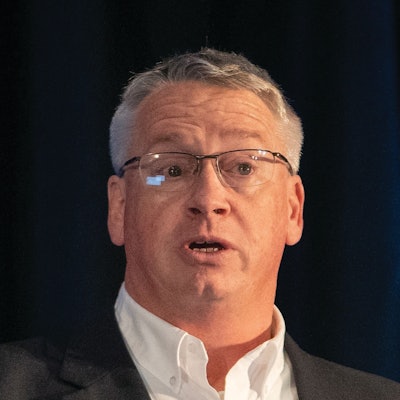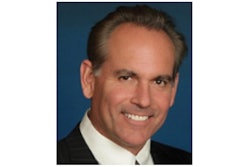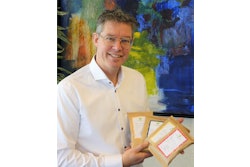I have recently been on a journey to implement a new line of products for our company, and it has involved stretching the capabilities of one of our contract manufacturing/contract packaging (CM&P) partners in many ways. Trying to bring new products to a successful operational startup in a CM&P environment can prove quite challenging. Solving these challenges often involves combining product and ingredient expertise, which our company brings to the table, with processing and equipment expertise, something our CM&P partner brings to the table.
But what do you do when your expertise and the partner’s expertise combined still leave you short on an acceptable way to accomplish the desired result for the new products? Who solves the problems, and who pays for the solution? I believe the answer lies in a combination of topics we’ve discussed in this column previously: Risk and Exclusivity.
While any joint endeavor involves some building blocks like transparency, honesty, and trust, among others, the most complex pursuits require an added level of commitment to manage risks appropriately. As we have developed solutions to our new product pursuits over the years, we have found that working through solutions together with our partners always provides the best fruit. I often find our mutual trust and relationship status help us pursue things that neither my team nor my partner’s team are entirely sure we have a solution for. The only way we can pursue these ideas is that we trust each other to work out questions ahead of time related to who carries the risk. We then keep that alignment as we go through the development and launch process.
Who carries the risk, and the cost?
The risk of success, or failure, may or may not be laid out in a supply contract, development agreement, or other instrument or document. Regardless of how much of the risk is addressed in an agreement, both parties are usually still carrying a lot of it. The CM&P partner has their reputation risk to think about. The brand owner has the brand risk to think about. Together, they share the need to move the business forward.
To solve the risk-responsibility dilemma, we could just write a spec for a target finished product, provide funding for the development work, and tell our CM&P partner, “Call us when you have something to show us.” But that seems to fall short of our collaborative relationship goals and expectations. Instead, what if we discuss the risks at every step along the way? What if the CM&P partner and my company discuss the pros and cons as we go? What if we have a common view of the points of failure we may encounter? Then, when surprises arise, they are surprises for both of us.
You may be wondering, who pays for all of this? We’ve discussed who pays for routine development activities before. More challenging pursuits may get treated differently, depending on circumstances. Following are are two examples I have experienced with solid relationships and the conversations that resulted.
Scenario 1: Packaging changeparts
Me: “We need these changeparts to allow us to do a different package. Is that something you can support us doing? Will you be able to incorporate the changeovers into your run schedule for our products?”
Partner: “We can absorb the changes based on how we schedule your items to run in our plant. It won’t be perfect, but we can handle it in the initial stages while we see how the product does in the market.”
Me: “Great! Will you want to offer this packaging feature to other customers, and are you willing to share in the changeparts cost?”
Partner: “We only plan to do this for you; we don’t want to further complicate our operation by offering this package configuration to other customers. So, we’re not interested in paying for part of the cost.”
In this scenario, since we’ve agreed that my company will bear the total cost for the parts, we are also agreeing that those parts will be exclusive to only my products/packages.
Scenario 2: A piece of in-process testing equipment
Me: “We need to get this piece of analytical equipment to support a food safety requirement of our company.” (Note: The requirement is more conservative than purely regulatory driven.)
Partner: “Our external food safety authority is not requiring this type of analysis at this time. However, we want to participate in the cost as part of our commitment to food safety and to our relationship with your company.”
In this scenario, even though the equipment being purchased is only for our products, the CM&P partner is participating as a good faith gesture and because they know the requirement for them could expand in the future.
The point here is to encourage all of us to see the invested time of alignment and agreement, especially when it comes to risks involved in new endeavors, to be well worth the investment. After all, we need our CM&P partners, and they need us, or we will need each other again sometime down the road.
Robby Martin is Engineering Specialist for Bush Brothers & Company.


























